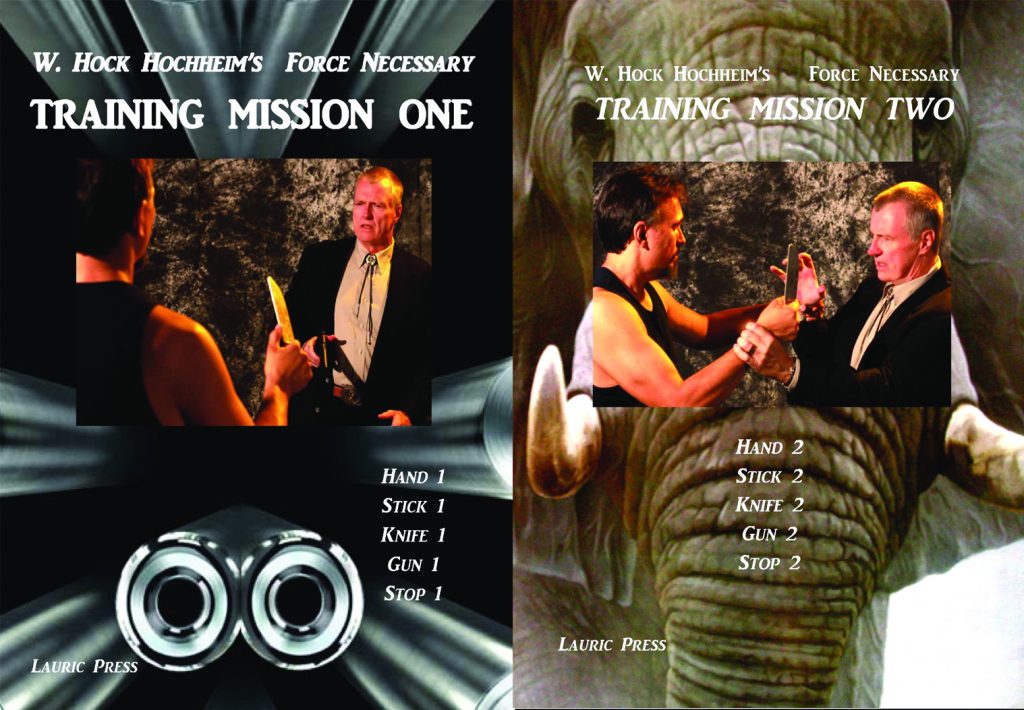MMA – Mixed Martial Arts? Or MMA – Mixed-up Martial Arts?
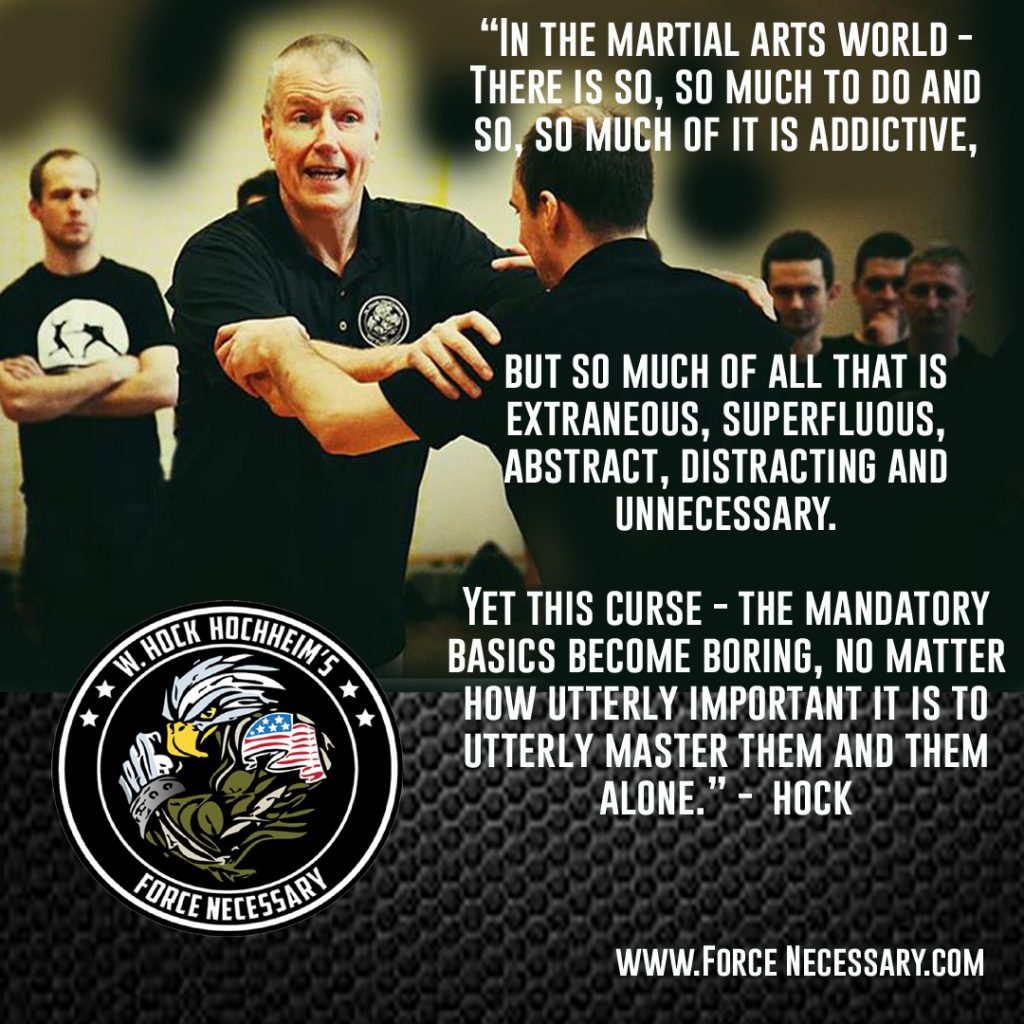
The tabulators tell me that 2021 this will be my 51st year doing martial arts – having started in Parker Kenpo in late 1972. I’ve always 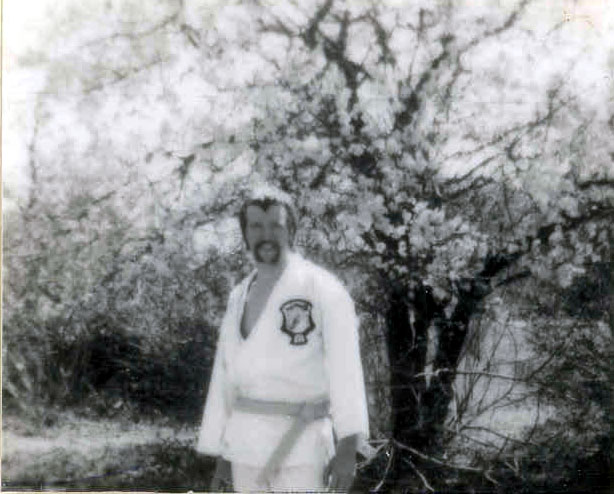
From the 70s on I was working out with what was available, old school jujitsu, boxing, karate, police judo-defensive-tactics. Then in 1986 I starting with the Inosanto Family systems (Thai-JKD-Silat-FMA-Shoot fighting) and Presas Arnis. In 1990 I started Aiki-Jujitsu with a professor in Oklahoma. I guess I was spinning a whole lot of plates? But on some level, despite the differing outfits, patches and the nomenclatures, many times I noted I was often doing the same basic, good moves in different systems, despite the change of systems with a tweak here and there. Sort of a name-game change.
Makes me think of the Bogey movie song, “You must remember this, a kiss is just a kiss, a sigh is…” But you really must remember that a 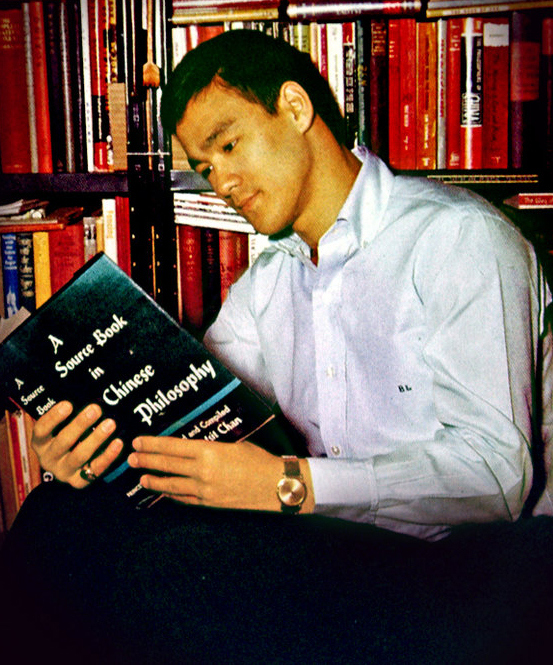
I see my martial life that same 1, 2, 3 stages way that Mr. Qingyuan suggests, which leads me to my mixed-up-martial arts phrase and phase. Bear with me. You might see yourself in this dharma-dilemma-development?
For quite some time I played a name-game switcheroo. I changed clothes and mindset with various martial art class scheduling. Often in the same night! I can best describe this with two quick stories.
- Parable 1: Years ago in the late 1980s and early 90s, one of my favorite instructors was Terry Gibson, headquartered in Tulsa, Oklahoma. I would host him in Texas, attend his seminars up there and also visit him for multiple day private lessons. At the time Terry was considered one of Inosanto’s top five instructors (Terry has since passed). He was terrific. When there for privates in the daytime, one could attend all the night classes for free. There was a battery of them, an hour of this or that, JKD, FMA, Thai, Silat, etc. And I stayed for all of them from about 5 p.m. to 10 p.m. each night. Different students came in and out for their flavors and I recall the change of mindset and clothes for each one, even with the folks attending two or more of them each night. Me? FIVE of them. All the classes were mixed with careful instruction and some fighting. The Thai Boxing (in traditional shorts, etc.) was particularly rough and it was suggested that Thai sparring be limited in class to prevent statistical injuries and therefore it was mixed with lots of choregraphed Thai drills on pads. Yet two hours later, the Jeet Kune Do class (this one in gym clothes) sparring was wide-open, and anything goes. Same kicks, elbows, strikes, just not “Thai” in Thai clothes and no “shwoshing” mouth sounds, stance, etc.
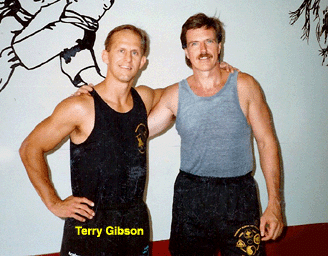
Each of the classes definitely had a different mission, feel and goals. I’d got the vague idea back then that these things could be blended, especially via the Bruce Lee ideology I was trying to grasp, 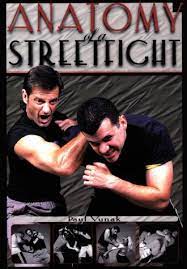
By the way, this division of subjects is a martial arts school business model. More classes. More themes. More students. More outfits. More testing. More money. Nothing wrong with that – just saying. With many other instructors and schools in this business model, we studied to become one system-artist when doing that one system-art. MMA, the evolved business model became closed studies to learn different things – yes – but, inadvertently, keep them separate. Divided. Which, whether I fully realized it at the time, was NOT what I wanted, but I wasn’t quite “martial-mature” enough to realize it. I had no “eye” for it. (More on “eyes” later…)
- Parable 2: I was kind of trying to blend, but I was really off-mission. Mixed-up. Not clear. In my Texas classes that I taught from 1989 to 1994, I started out running the same multi-theme format on weeknights. Man, it was fun! People had fun! I had fun doing such a variety of martial arts too. Playing around with all kinds of stuff. I continued to see more of the basic similarities when organizing the class outlines. So much good stuff was the same wrapped in a different packages and lingo. Parts of the karate class looked like parts of the JKD class. What? As they say, you don’t really know something until you teach it. Some customers were in and out doing the mixed subjects, some stayed for all theme classes. Some customers got confused back then too. One lifelong karate student who sought me out only for self defense survival, asked me why did I show a complicated, Judo Gene LaBelle wrestling move for a sport tap-out. These little situations were popping up, jacking with my mission statement, things that belonged in one umbrella were popping up under another umbrella. And not the umbrella I really wanted. So, I wasn’t doing mixed martial arts really. I was doing…all mixed-up, martial arts. I was all mixed up (All this while I was a cop making arrests and realizing that fighting was more like checkers and way less like chess). In late 1993 I started organizing my mission better. I really started to recognize the off-mission sport material, the off-mission art material, the hypocrisies between the arts, and unnecessary, artsy editions. I’d been right on target with FMA since 1992 thanks to Presas Arnis, but these other topics? No. So, I worked on the blend. The REAL mix. (Oh, and by the way, this work is a never-ending assessment of search and destroy.)
I used the Who, What, When, Where, How and Why questions.
- Who was I? Who is the student?
- What was I really teaching? What did they really want? Really need? What is the generic, simple good in all of them?
- Where should I teach and what? Because differing places want or need different things.
- When should I teach and what? When do they understand what I am saying?
- How will I best organize all this? How will I teach it?
- Why am I teaching what I teach? Why are they here?
While turning the all-mixed-up to the mixed-blended, I have a lot of teaching stories for each “W and H” question from these last 26 years, the second half of the 50. I believe these to be informational, entertaining and educational stories, but book-length, and not good here for a short blog.
It should come as no surprise that in the big training picture, modern MMA (as in a blended “UFC style” With ground n’ pound, and I repeat WITH ground n’ pound), Combatives or Krav Maga formats evolved to fill in that anxious, wandering market place of folks like my early self, seeking the stripped-down blend, the best mix. It’s just business and filling the gaps. “Nature abhors a vacuum,” as they say.
Something much bigger is going on though. In the history of mankind, its overall DNA, a small group of people – us – struggle to keep fighting skills perpetuating, alive, for the drastic times that come and go, and keep us all alive. This genetic drive manifests in many different ways, like karate or combatives. It’s that big picture, so big we don’t see it, down to the smallest of pictures. You. You and the quizzical questions and choices in your head. Why do you do this stuff? Well, I just gave you one big DNA reason you might not have thought of. For some of us? It’s our inherent duty to mankind. We are the odd, weird ones, keeping this alive.
I certainly don’t regret all the mixed-up, past exposure, the blood, sweat and cussing since 1972, even though I wanted simple, generic hand, stick, knife and gun. But still, the background-depth, time and grade, experience is irreplaceable. Mike Gillette said once, “you are really paying Hock…for his eye.”
His eye? Eye? Look for a moment at my Australian friend Nick Hughes, currently in North Carolina, USA. Yeah, he teaches Krav Maga, and yeah, so does every Tom, Dick and Henrietta these 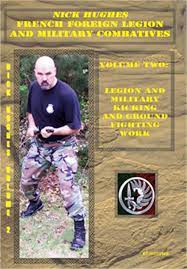
I often peruse the internet martial arts pages and I read stories of 25, 30 to 45 year old martialists and martial artists and their compulsion to publicly write – as one might in a personal journey or diary – about this or that small martial epiphany. Been there, done that, kid, and I quickly get impatient and bored with their tales which is my flaw, because I have to remember everyone is on their own splayed and fileted journey. Their mission, however on or off it might be.
What is your mission in this dharma-dilemma? Are you…”martial-mature?” How’s your “eye?” Look, I want people to be happy. Do what makes you happy, sports, art, combatives. Mixed? Mixed-up? Fun? Comradery? Whatever. People even like all kinds of mixed-up, martial arts to fool around with! Just know where it all fits in a big picture. Your big picture.
The teacher’s curse, “Survival? Or addictive hobby?” “In the martial arts world – There is so, so much to do and so, so much of it is addictive, but so much of all that addiction is extraneous, superfluous, abstract, distracting and unnecessary. Yet still this curse – the mandatory basics become boring, no matter how utterly important it is to utterly master them and them alone. It seems we will never stop wrestling with this fight against boredom. The “art” of the survival teacher is to find the best, reduce the abstract and somehow trick-hypnotize-engrain the student into doing it…first, foremost and forever.
You can use your mature eye to take the “mixed-up” out, and to leave “mix” in. You can take things from a martial art that has a high percentage of success and NOT take the whole damn system. Or not? Just don’t be…off-mission, off your personal mission. In the mixed up, forked roads of martial dharma – the “eyes” have it.
____________________________
Hock’s email is HockHochheim@ForceNecessary.com
